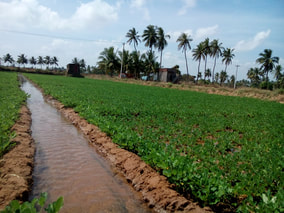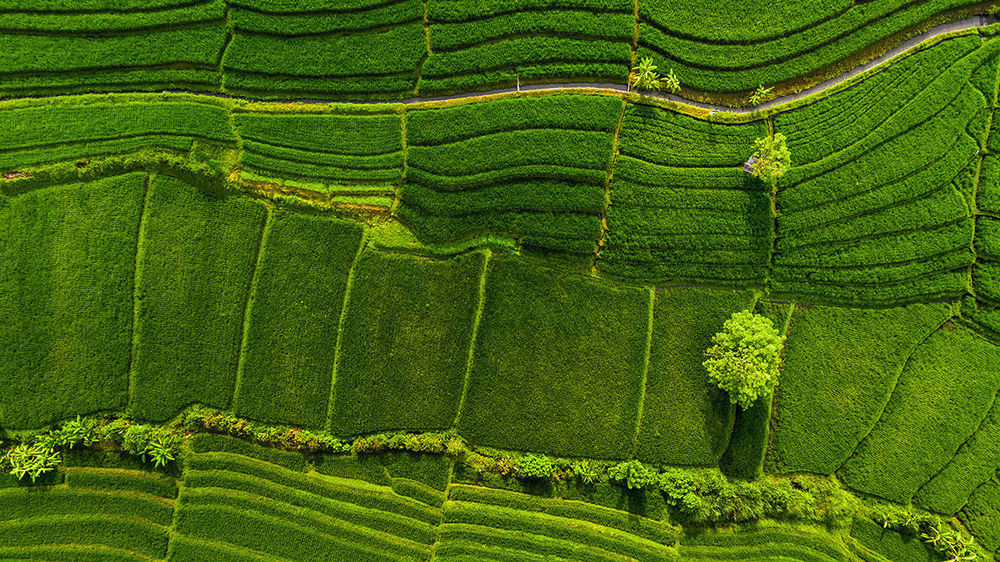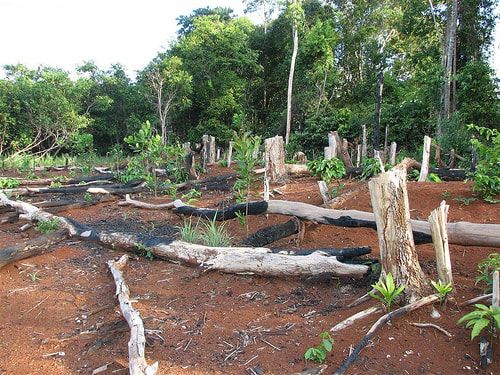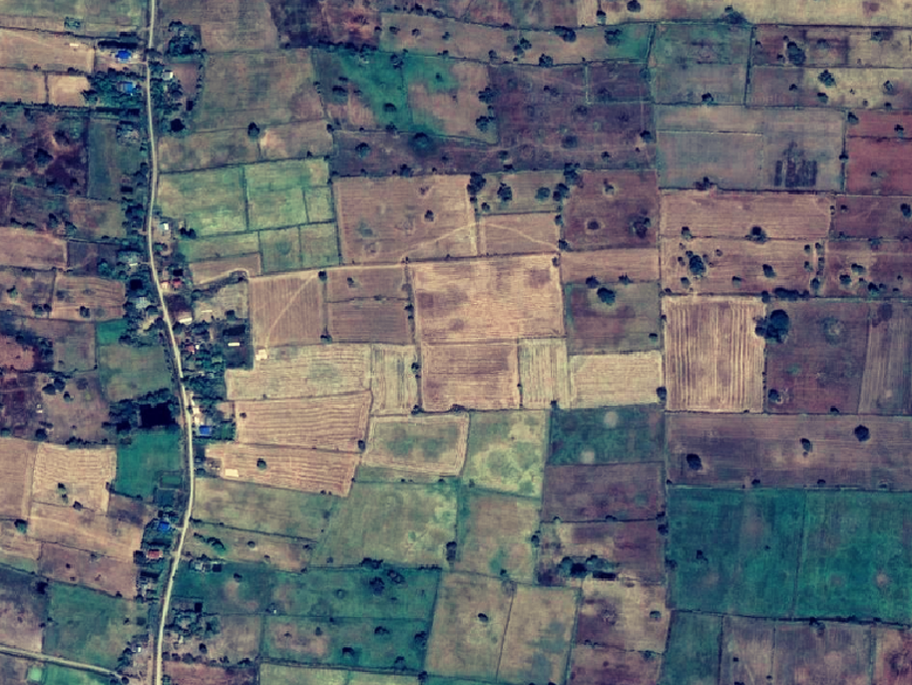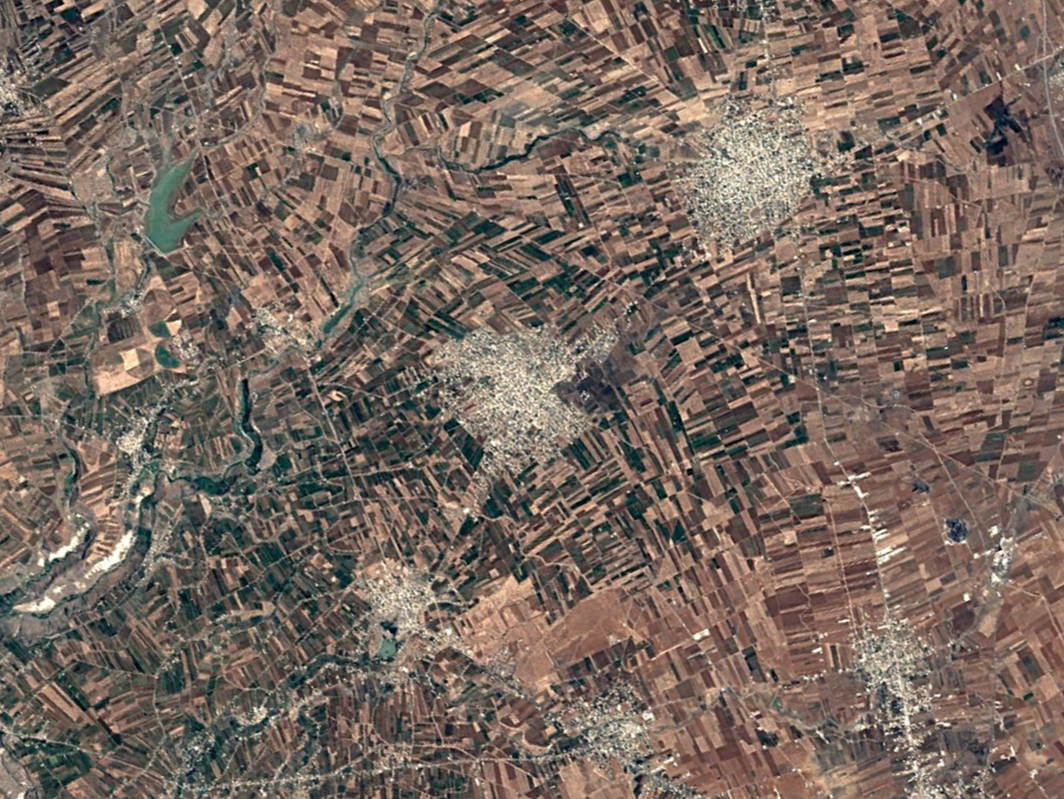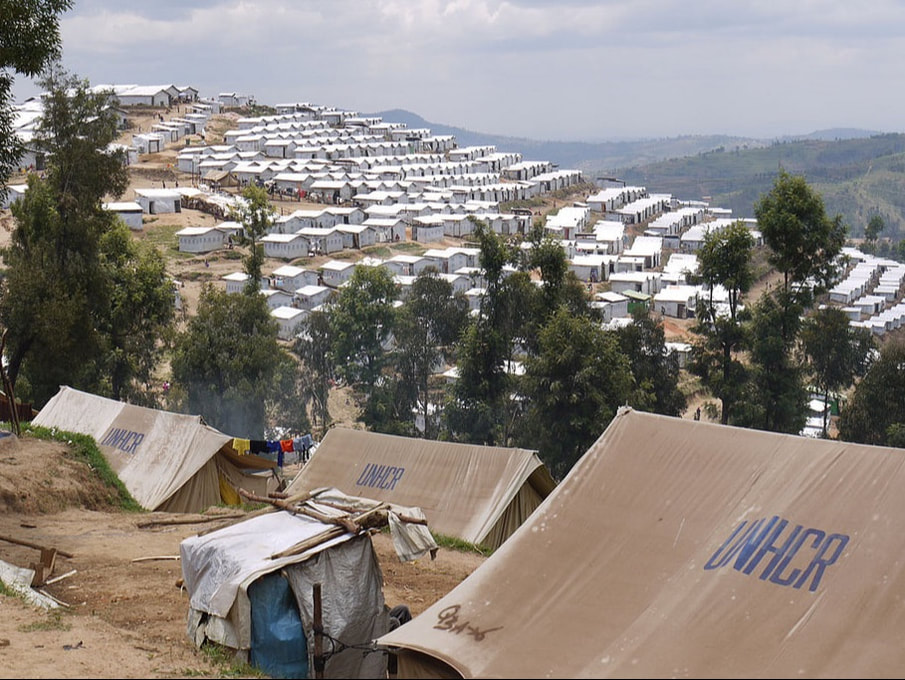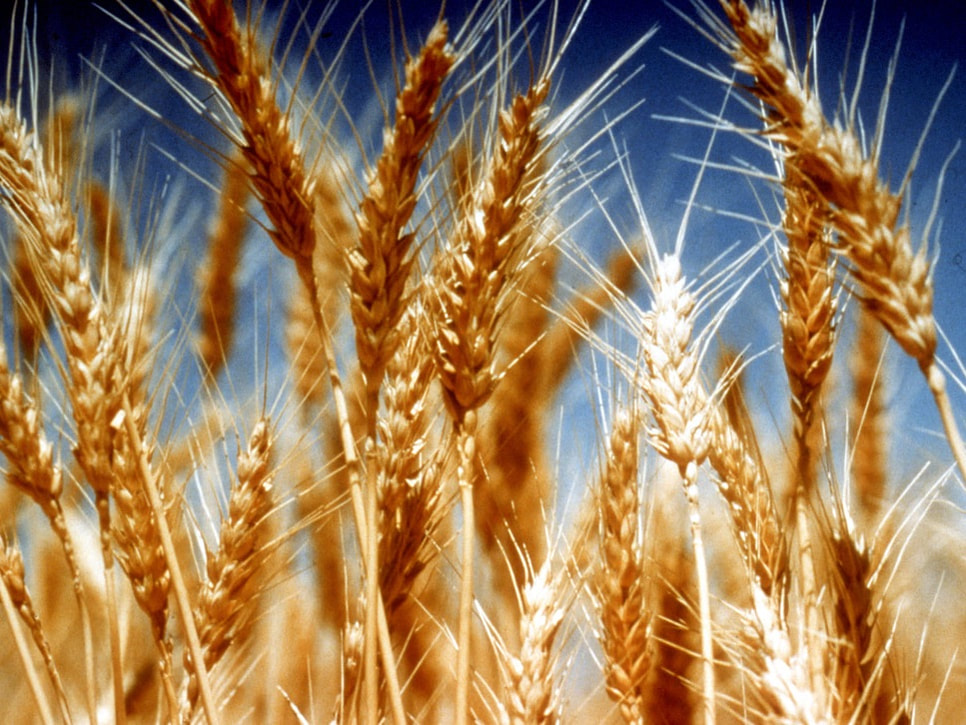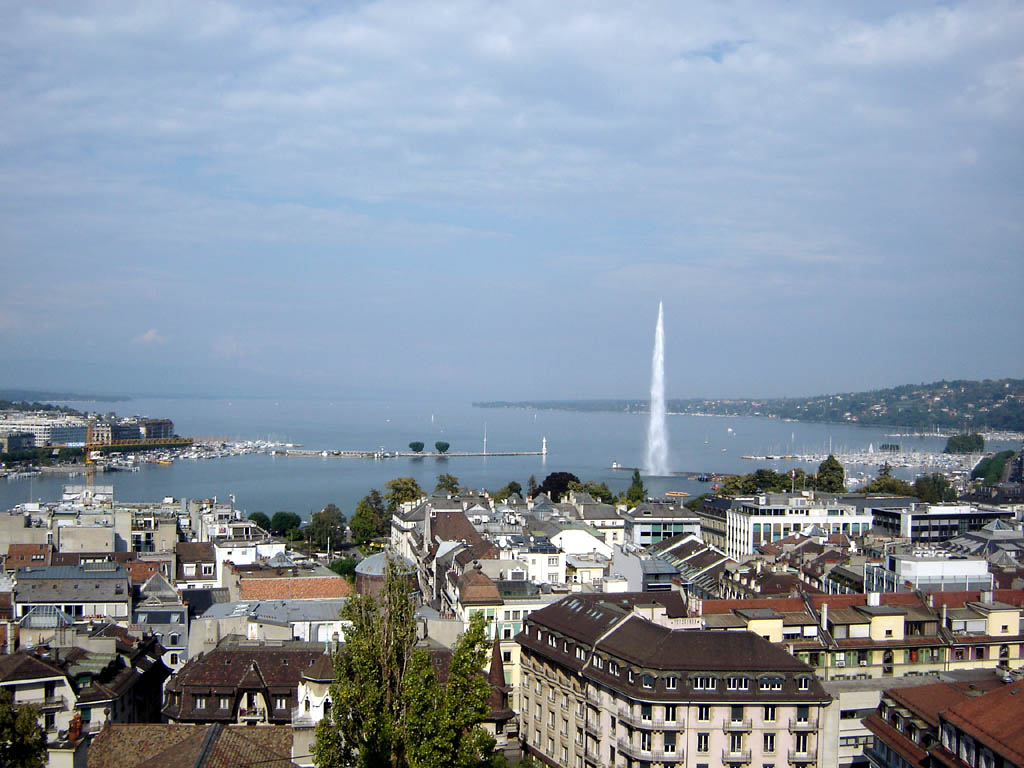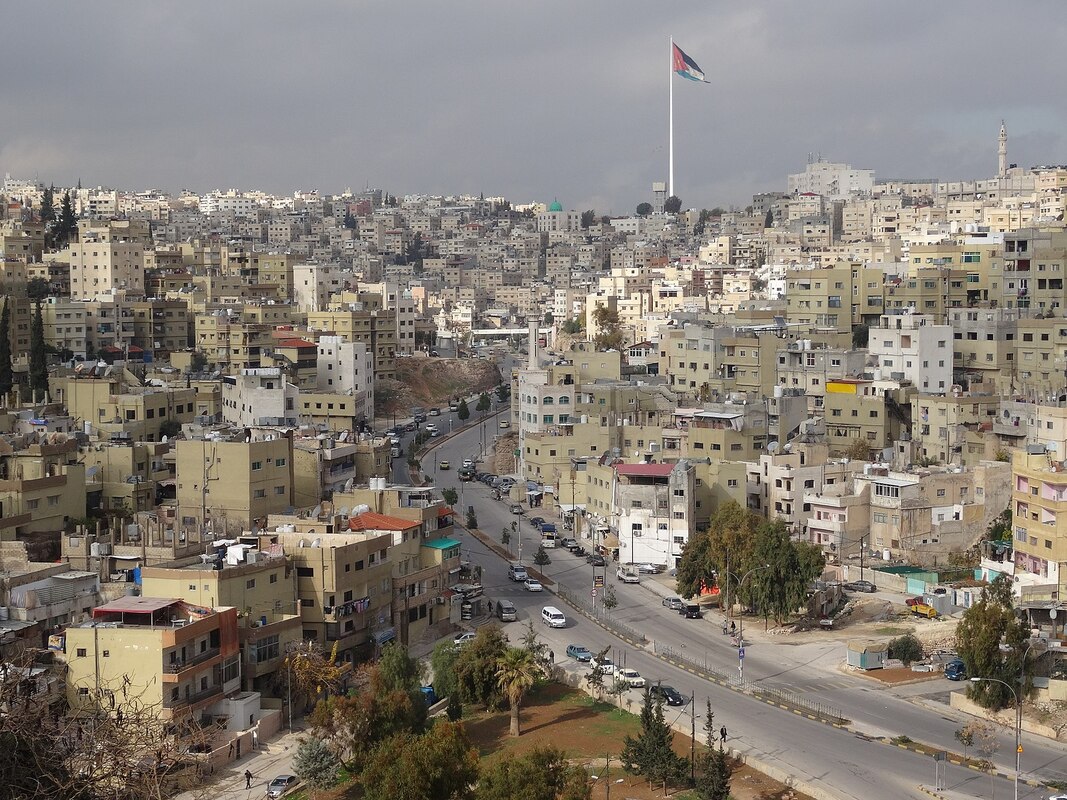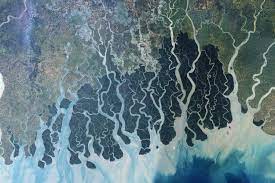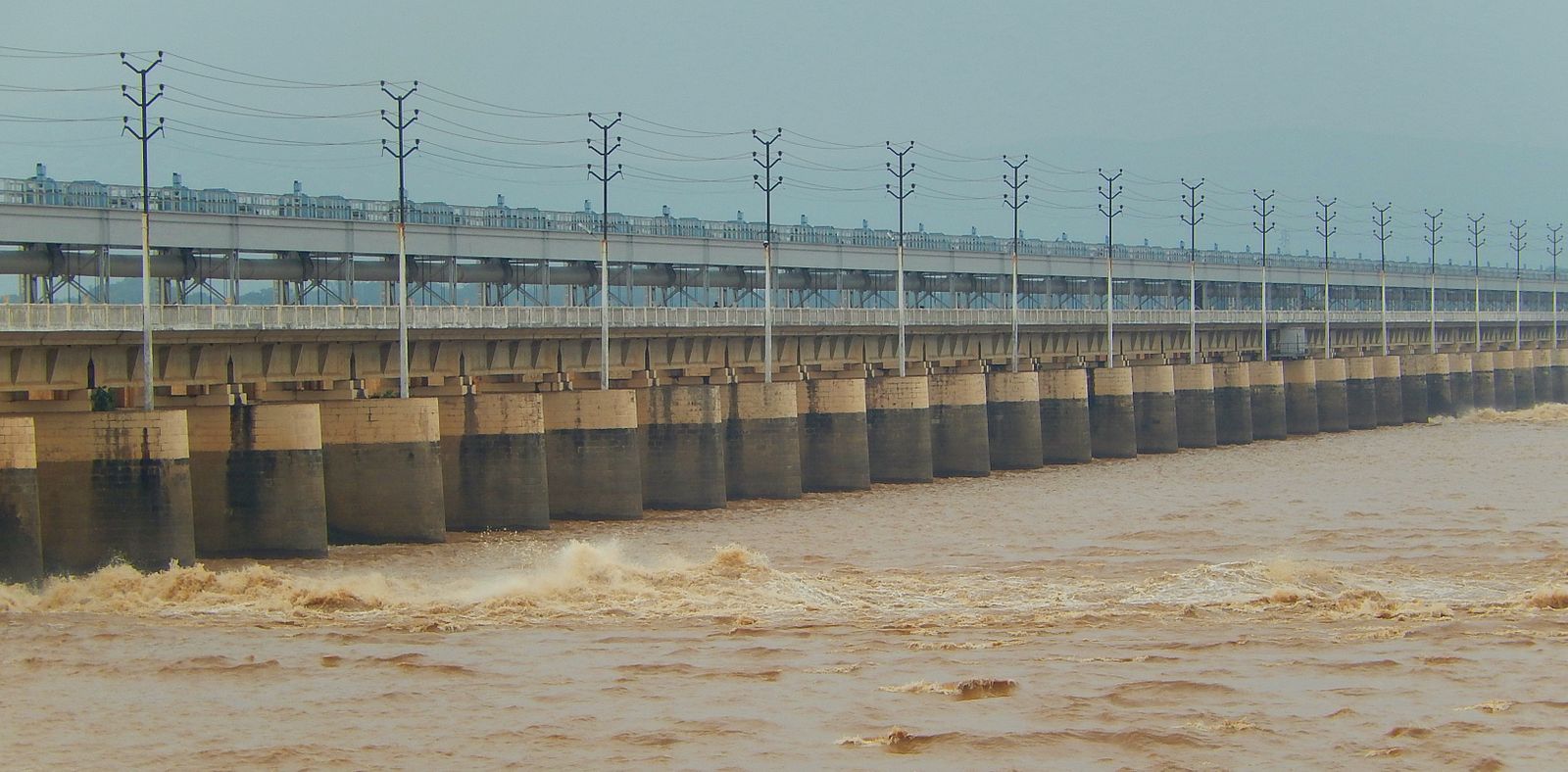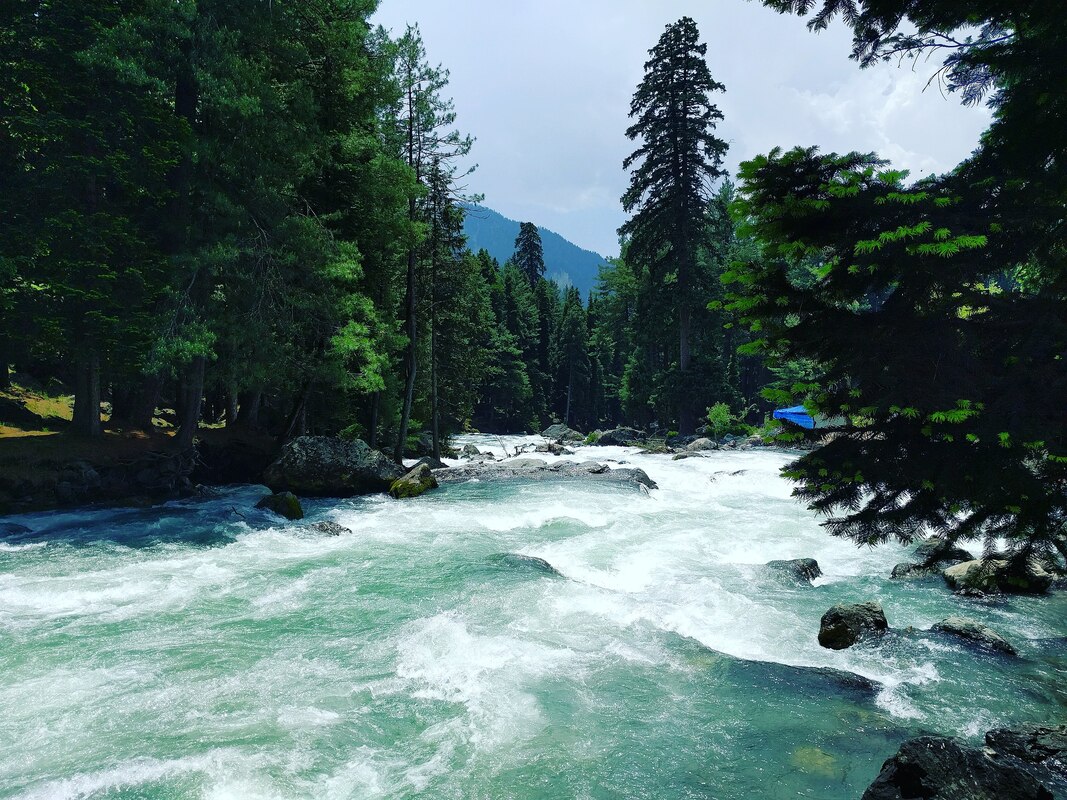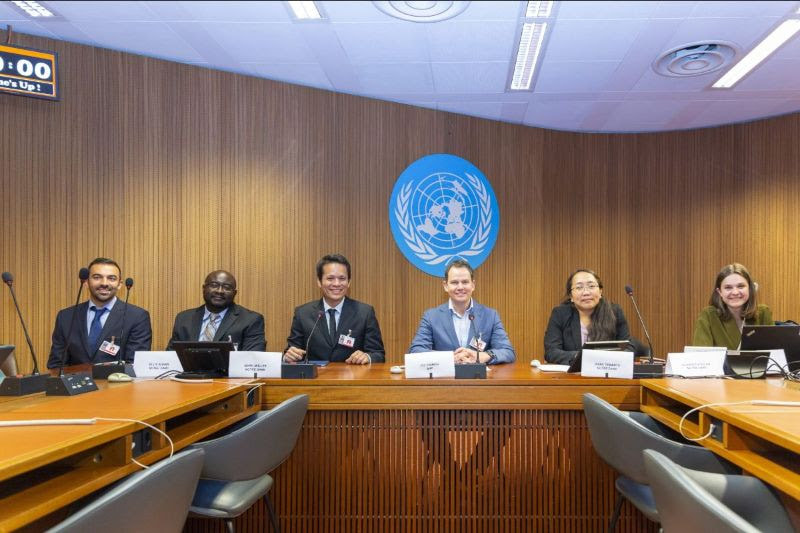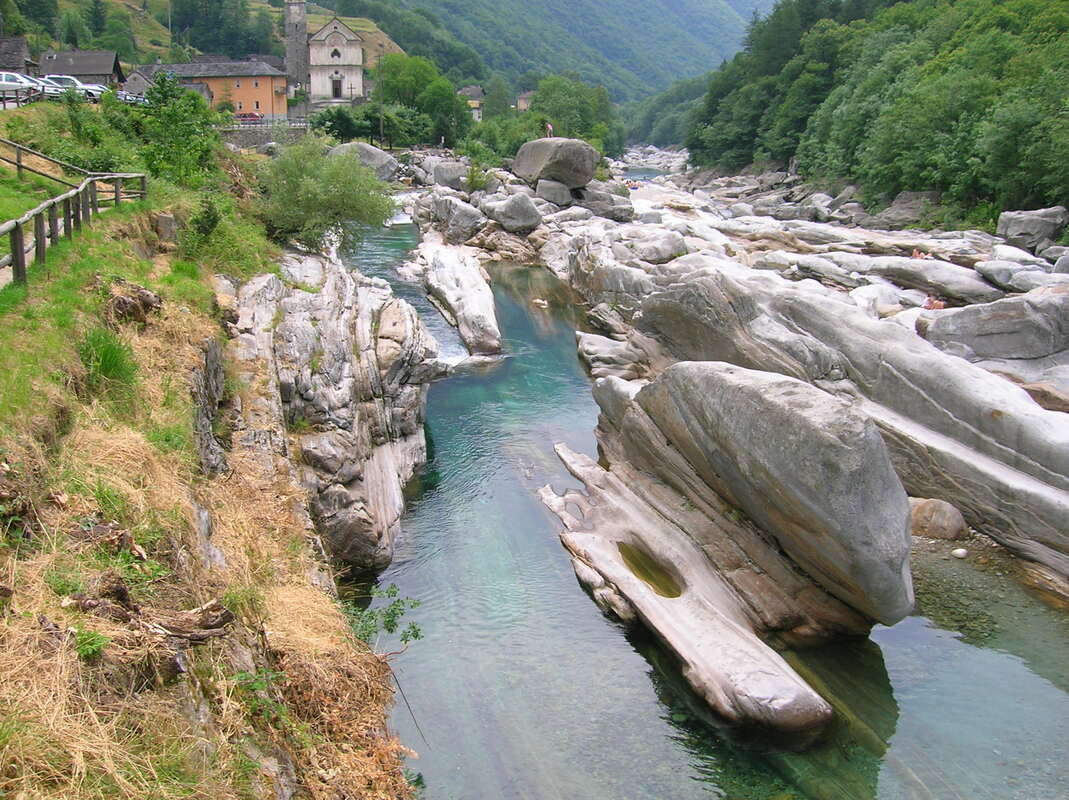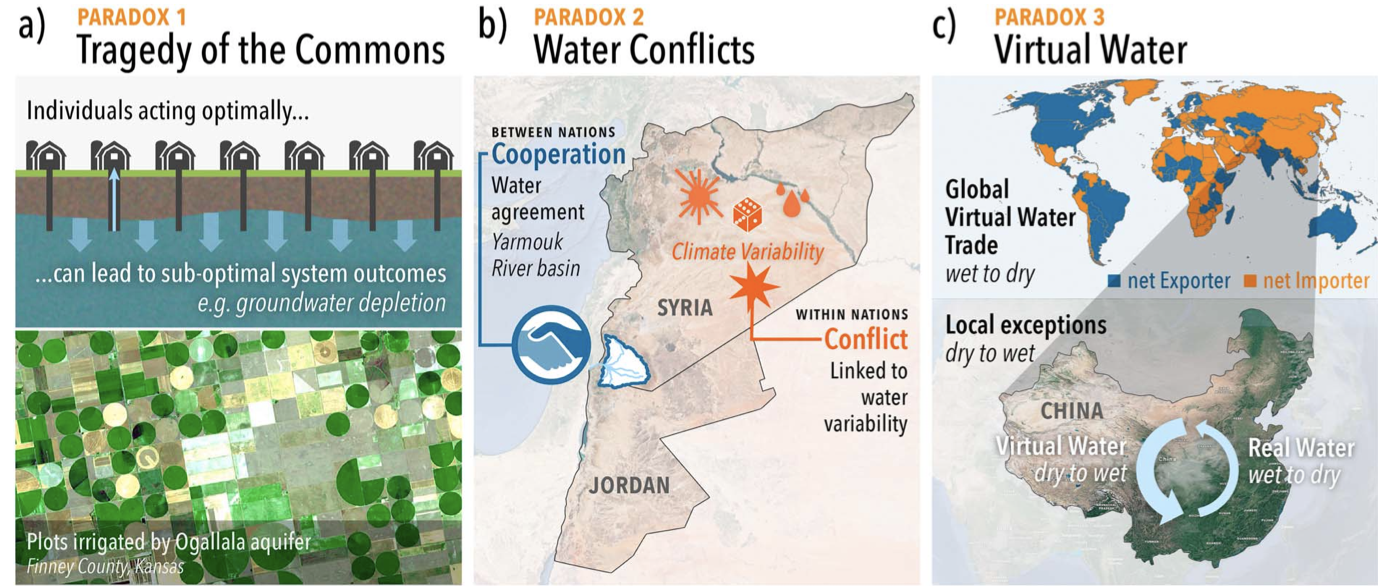Research Highlights
Click on description to access manuscripts.
A complete list of publications classified by research subject is available [here] and on Dr Muller's [Google Scholar Profile]
A complete list of publications classified by research subject is available [here] and on Dr Muller's [Google Scholar Profile]
Land Grabs
Water and Armed Conflicts
|
PNAS
How do Violent Conflicts affect Land and Water Resources? Evidence from Syria [Brookings] [Nature Asia] [SNF Horizons] |
Transboundary Groundwater
Transboundary Rivers
|
Journal of Hydrology :
How should the Ganges Water Treaty be re-designed to account for climate change? |
Water and human rights
Industry Research Grant: "Realizing Human Rights for Water in Industry"
|
How to reconcile the broad and universal nature of the human right to water with the local realities of water security and water governance?
Our new framework addresses this question to facilitate a preemptive implementation of the human rights to water in the context of water-intensive industrial operations, such as mining, commercial agriculture, hydropower beverages and textiles.
|
Socio-Hydrology of Climate Change
National Science Foundation Grant EAR 2142967: "CAREER: CAS-Climate: Sociohydrology to link climate change and its societal impacts"
[Press]
[Press]
|
Environmental Research Letters:
On changing nitrogen loads in a Northeastern Greenland stream and what it tells us about the thawing and greening of the Arctic. |
Our Approach
Questions that we Ask
- How are socio-environmental systems changing in data-scarce regions?
- What are the key drivers of these changes? To what extent can they be attributed to exogenous (e.g. global climate) or endogenous (poor policy) sources?
- Will there be more more conflicts in a changed climate where water resources will be more variable? What role (if any) will physical landscape processes play in that relationship?
- What does it take for cooperation to emerge over internationally shared water resources? What role does trust and information access play in that process?
- When does human (trade, migration, information) and hydrologic (rivers) connectivity enhance societal resilience to climate shocks?
- How can new information paradigms (e.g., remote sensing, modeling and social sensing) and modern data analytics be used to address critical information gaps for improved water, health and energy policy?
Methods that we develop
|
We combine data science, hydrologic modeling and economics to monitor, evaluate and predict rapidly changing coupled human water systems in data-scarce regions. An overview of our approaches and focus areas can be found in a recently published review paper in Water Resources Research [click here for access].
A non exhaustive sample of the methods that we developed is listed below -- please click on the keywords for example publications. A full list of publications is provided in the "Publications" tab of this website. Data analytics:
|
Funded Projects
- pulte.nd.edu/projects/realizing-human-rights-for-water-in-industry/US National Science Foundation, Dynamics Coupled Human Natural Systems grant #1824951: "What does it take to collaborate over transboundary groundwater resources?"
- US National Science Foundation, Hydrological Science (joint with Human Geography) grant # 2142967: "CAREER: CAS-Climate: Sociohydrology to link climate change and its societal impacts"
- BHP Group, Ltd: "Realizing Human Rights for Water in Industry"
